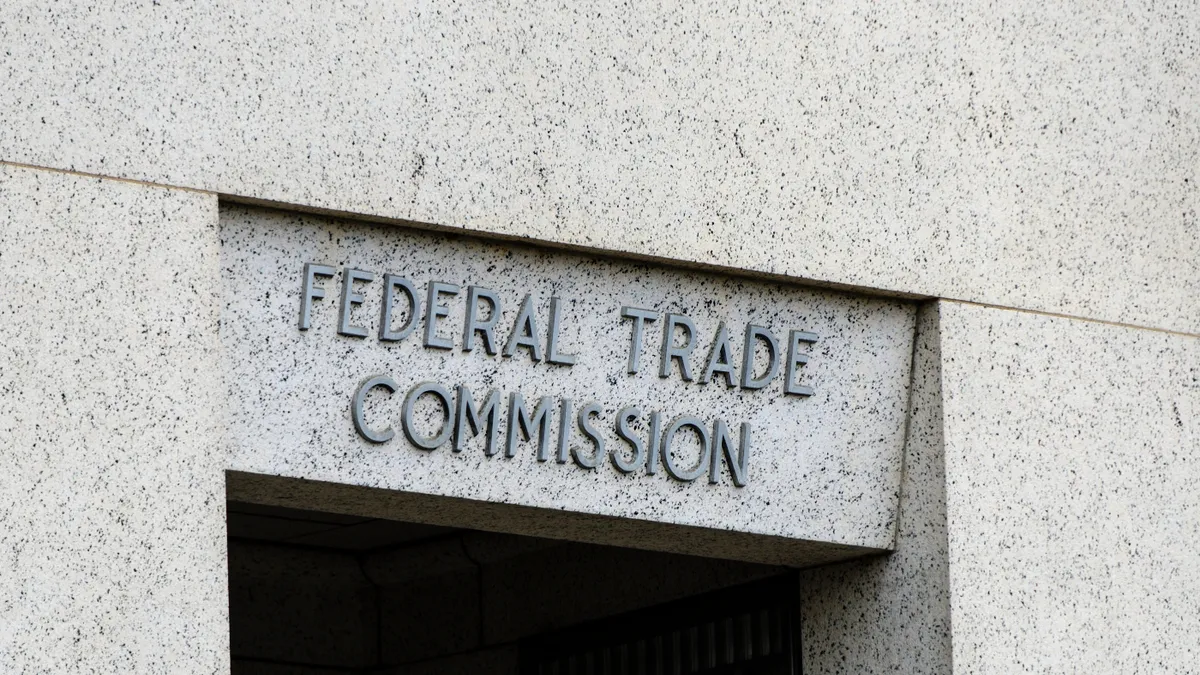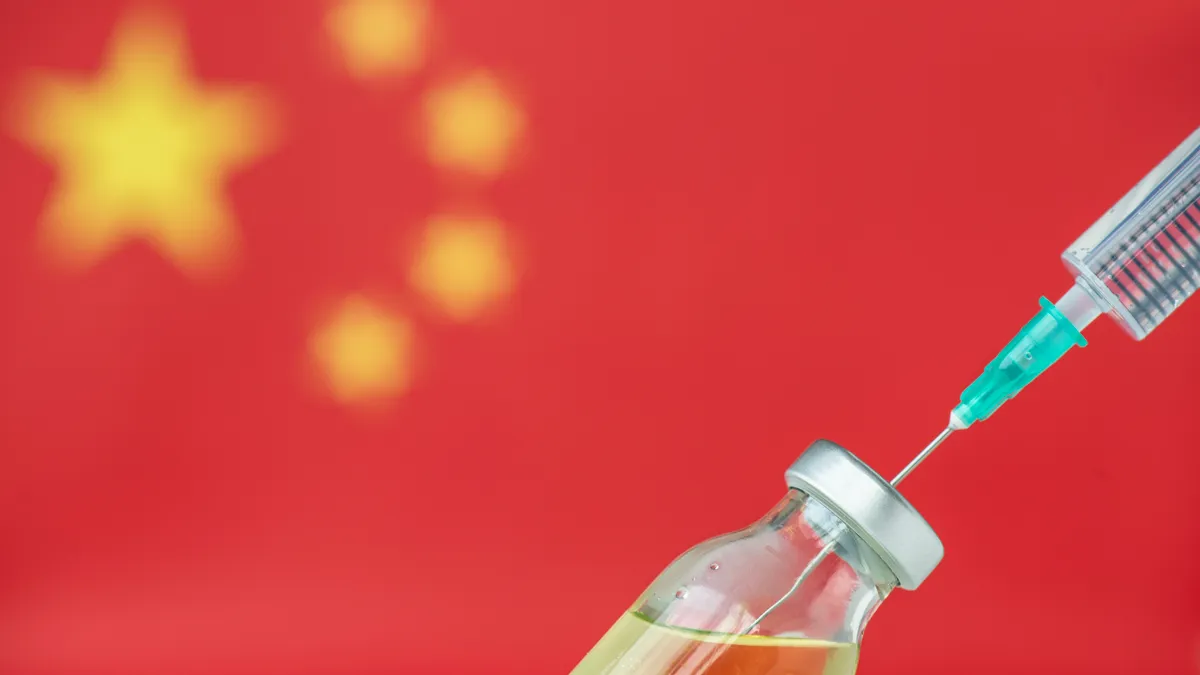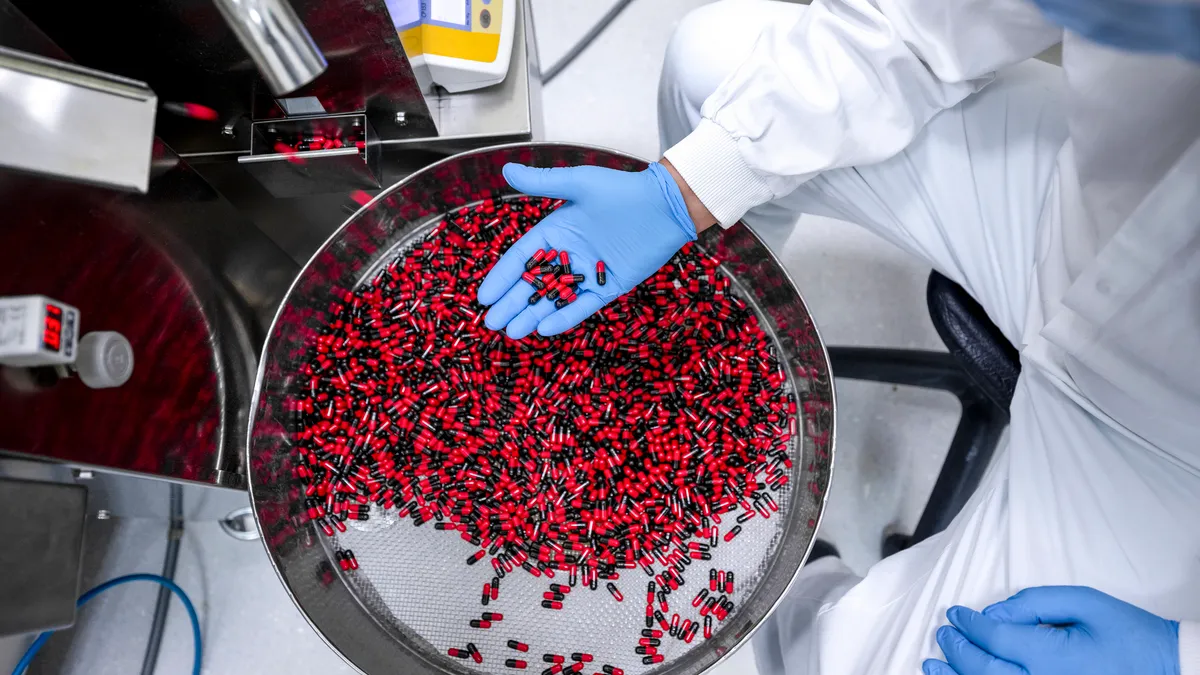The proposed deal between Novo Holdings and contract manufacturer Catalent may face headwinds from an increasingly aggressive U.S. Federal Trade Commission.
The agency recently requested additional details from Novo Holdings and Catalent regarding the $16.5 billion deal that would give Novo Holdings 50 manufacturing sites that produce small molecules, biologics and cell and gene therapies. Under the agreement, designed to help the drugmaker meet surging demand for its wildly popular GLP-1 agonist drugs Ozempic and Wegovy, Novo Holdings would then sell three Catalent manufacturing plants in Indiana, Italy and Belgium to Novo Nordisk.
However, the current enforcement climate could present a significant hurdle for the companies’ plans.
“This is going to be one of the highest priorities for the commission, and appropriately so, because of how important the market is. They will want to take a tough stance to establish a precedent that will be long-lasting about how these mergers can be anti-competitive,” said David Balto, an antitrust lawyer and former assistant director of policy and evaluation at the FTC.
Novo Nordisk said it’s preparing to respond to the FTC request, but still anticipates it will seal the deal.
“Novo Nordisk is gathering information and documentary materials responsive to the second request, which is not unusual in transactions like this one,” the company said in an emailed statement. “The fulfillment of various customary closing conditions is progressing, and the acquisition is still expected to be completed towards the end of 2024.”
“The potential for anti-competitive conduct here is severe."

David Balto
Former assistant director of policy and evaluation, FTC
The FTC isn’t alone in its concerns about the matchup’s potential to give Novo an unfair competitive advantage in a weight loss market that could reach $200 billion by 2030. When the companies announced the deal, officials from Eli Lilly, which makes the competing GLP-1 drugs Mounjaro and Zepbound and has also been investing in its manufacturing capabilities, expressed concern about its implications.
Neither Lilly nor Catalent responded to a request for comment.
Novo Nordisk’s publicly stated commitment to honor customer obligations at the sites it’s acquiring hasn’t assuaged regulator concerns.
“The potential for anti-competitive conduct here is severe,” Balto said. “By securing the contract manufacturing facilities, Novo Nordisk is going to be in the catbird seat, and can adversely affect competition in the market. They have knowledge of what their rivals are producing, and they will basically be able to control a critical manufacturing entity. And this is especially important because these manufacturing facilities are really capacity constrained.”
The market stakes are only expected to grow as GLP-1s gain approvals beyond weight loss, diabetes and cardiovascular treatment. New indications including addiction, MASH, chronic kidney disease and obstructive sleep apnea are also being explored and could eventually be on the table.
Growing FTC scrutiny
An FTC investigation into the deal's market implications would typically take around six months, Balto said. The scrutiny may be part of a bigger change at the FTC, with agency officials taking a broader view of anti-competitive conduct. Previously, the agency didn’t pay as much attention to vertical mergers.
“The approach of past administrations on vertical mergers has been quite myopic. They basically have seen them as likely to be pro-competitive,” Balto said.
That’s no longer the case, and the agency has strengthened vertical merger enforcement at a time when pharma companies are hungry for mega-mergers.
“Companies can secure market power through vertical arrangements, by getting control of critical inputs, or critical distribution outlets. That's the way you really strengthen your market power, and this is a prime example of that issue,” Balto said.
The FTC may also be less willing to accept concessions or compromises than in the past.
“It's been shown over and over again that behavioral remedies on vertical mergers are not very effective,” Balto said.
A glaring example is the roundly criticized settlement agreement approved by the U.S. Department of Justice (DOJ) that allowed Live Nation to acquire Ticketmaster in 2010, creating an alleged monopoly that has led to soaring ticket prices in the U.S. Live Nation is now the target of an anti-monopoly lawsuit from the DOJ.
As the November federal election nears, the FTC may also be conscious of the legacy it will leave behind if a new administration takes over.
“For the agency, this whole question of strengthening pharmaceutical merger enforcement, of changing the paradigm from this myopic approach to … looking at a much broader range of potential anti-competitive content is a critical achievement [and] something that is very important to them,” Balto said.
This case fits squarely within those priorities. The merger also has the potential to dampen innovation and potential entry of new GLP-1 competitors by creating a bottleneck, Balto said.
“That bottleneck will be controlled by the largest market participants. That doesn’t sound like a good market to try and improve,” he said.
In its review, the FTC will likely not only consider risks directly related to the deal but could also look to see if Novo has engaged in other types of anti-competitive behavior, something it hasn’t typically considered in the past.
“The stance of the current administration is [that] you look at current ongoing anti-competitive activity,” Balto said. “It's not just going to be a question of the impact of this merger, but will be about other kinds of anti-competitive conduct that Novo Nordisk could be engaging in that may be a subject of this investigation. With Novo increasing prices on its drugs so significantly, I think you're going to see a lot of attention to that.”



















